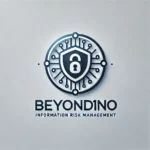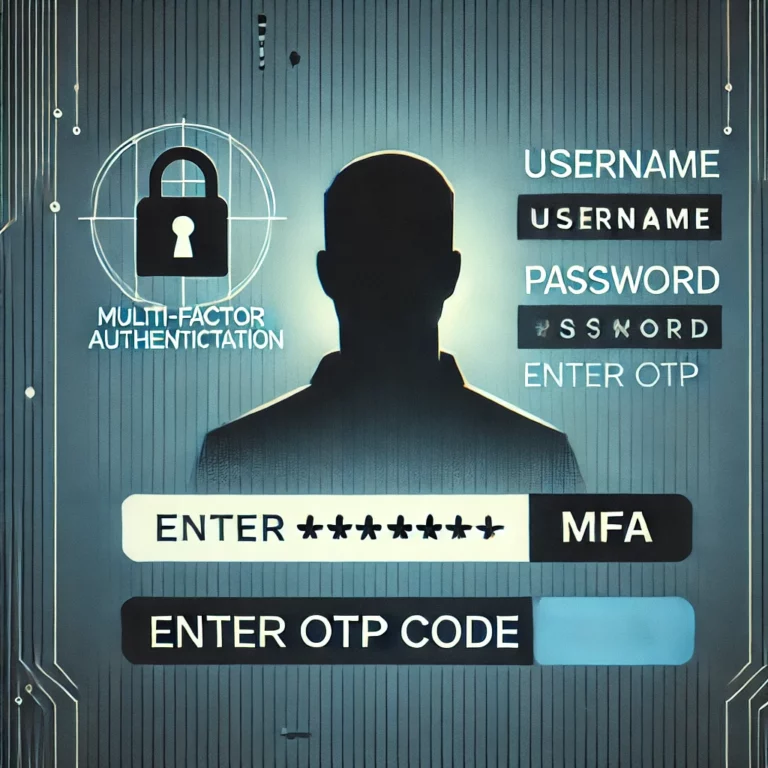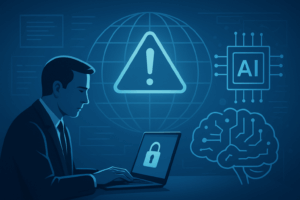In today’s cybersecurity landscape, Multi-Factor Authentication (MFA) is widely recommended as a critical layer of defense against unauthorized access. However, while MFA significantly enhances security, it is not foolproof. Cybercriminals continue to develop sophisticated tactics to bypass MFA, leaving organizations vulnerable. So, what are the risks, and how can businesses fortify their authentication processes beyond MFA?
The Limitations of MFA
MFA is designed to require multiple forms of verification—something you know (password), something you have (authenticator app or hardware key), and sometimes something you are (biometrics). Despite its effectiveness, attackers have found ways to circumvent it:
- Phishing and Social Engineering – Attackers trick users into providing MFA codes or approving fraudulent login requests.
- SIM Swapping – Cybercriminals hijack mobile phone numbers to intercept SMS-based authentication codes.
- Man-in-the-Middle (MitM) Attacks – Hackers exploit vulnerabilities in networks to intercept and replay MFA tokens.
- Prompt Bombing – Repeated MFA requests overwhelm users, leading them to approve malicious login attempts out of frustration.
Beyond MFA: Strengthening Authentication Security
Given the increasing number of MFA bypass techniques, organizations must take additional steps to secure authentication processes. Here’s how:
1. Implement Phishing-Resistant MFA
Not all MFA methods are created equal. Phishing-resistant MFA, such as FIDO2 security keys or certificate-based authentication, minimizes the risk of credential theft by eliminating the reliance on OTPs or push notifications.
2. Enforce Adaptive Authentication
Adaptive authentication (also known as risk-based authentication) uses contextual signals—such as device type, location, and login behavior—to determine the risk level of an authentication attempt. If an anomaly is detected, additional verification steps can be triggered.
3. Deploy Passwordless Authentication
Passwordless authentication reduces reliance on traditional passwords, which are often a weak link in security. Methods like biometric authentication, hardware tokens, and passkeys offer stronger and more user-friendly alternatives.
4. Enhance Monitoring and Response
Implement real-time monitoring to detect suspicious login activity and potential MFA bypass attempts. Security Information and Event Management (SIEM) solutions can help organizations analyze authentication trends and detect anomalies.
5. Educate Users on MFA Attacks
Human error remains one of the biggest cybersecurity risks. Regular security awareness training can help users recognize MFA scams, phishing attempts, and social engineering tactics.
The Future of Authentication
While MFA remains a crucial component of cybersecurity, it must be combined with advanced security measures to combat evolving threats. The future of authentication lies in zero-trust principles, AI-driven security, and user behavior analytics to ensure stronger protection against unauthorized access.
Is your organization relying solely on MFA? It may be time to rethink your authentication strategy. Let’s discuss in the comments—how is your company strengthening authentication security beyond MFA?
#CyberSecurity #Authentication #MFA #ZeroTrust #InfoSec #CyberRisk #IdentitySecurity




